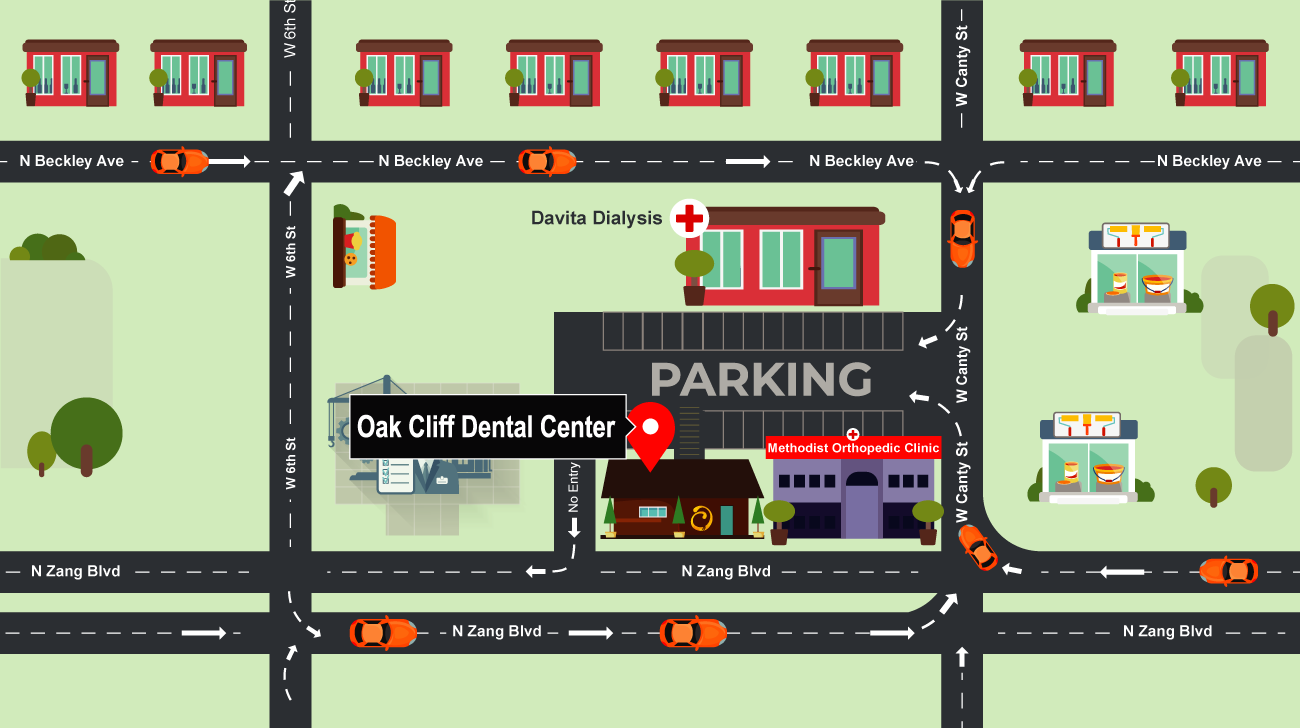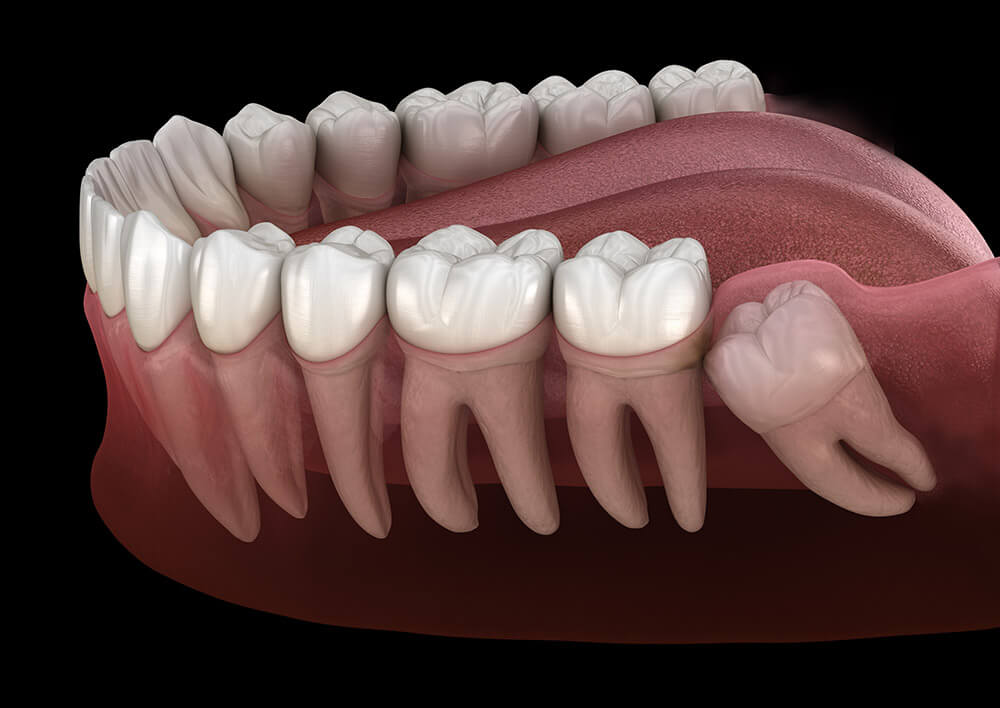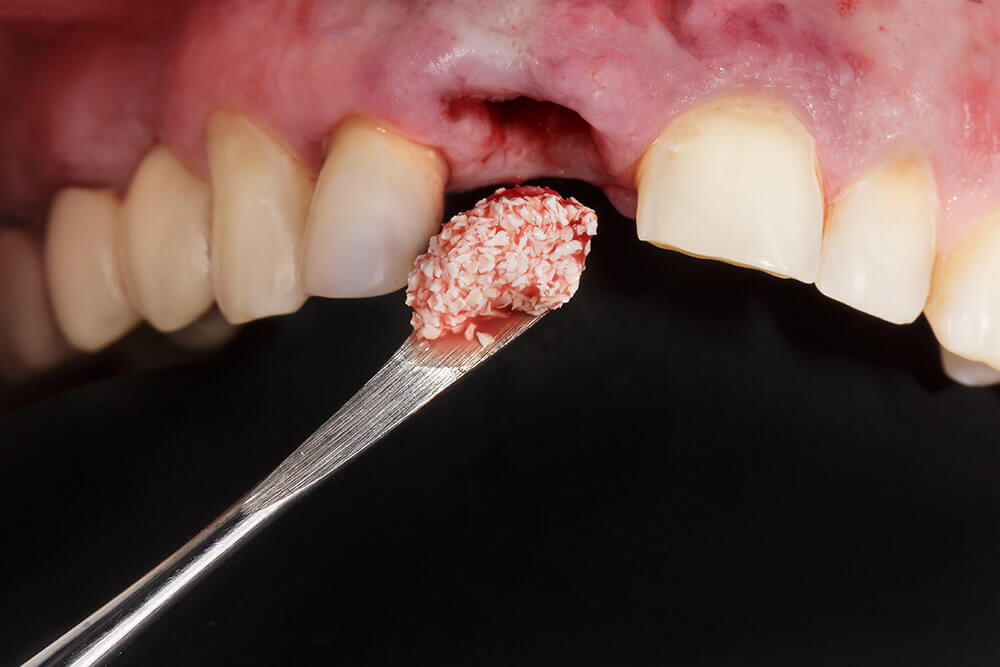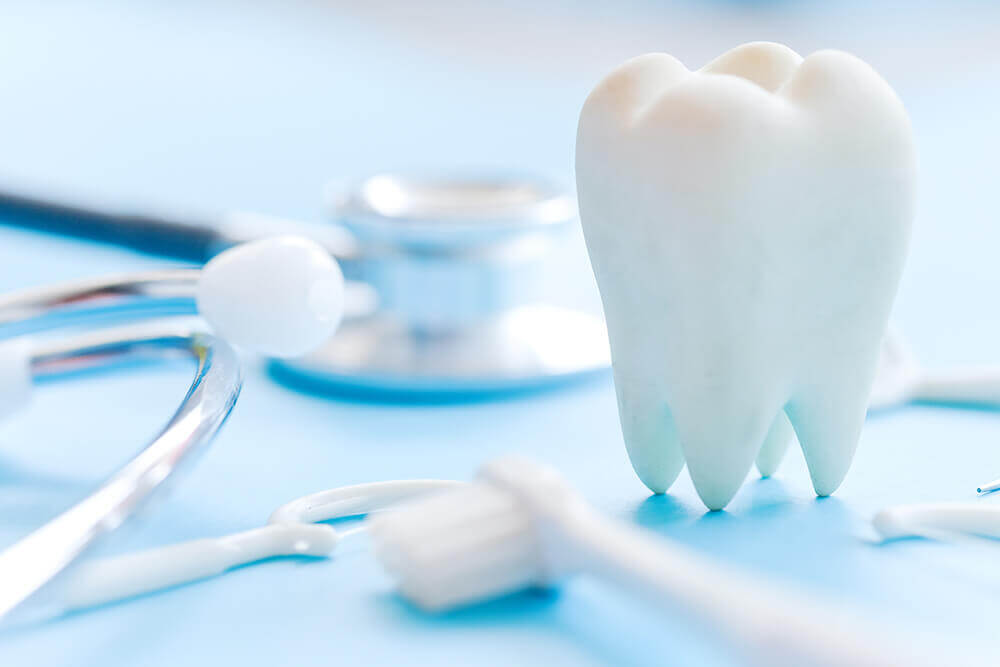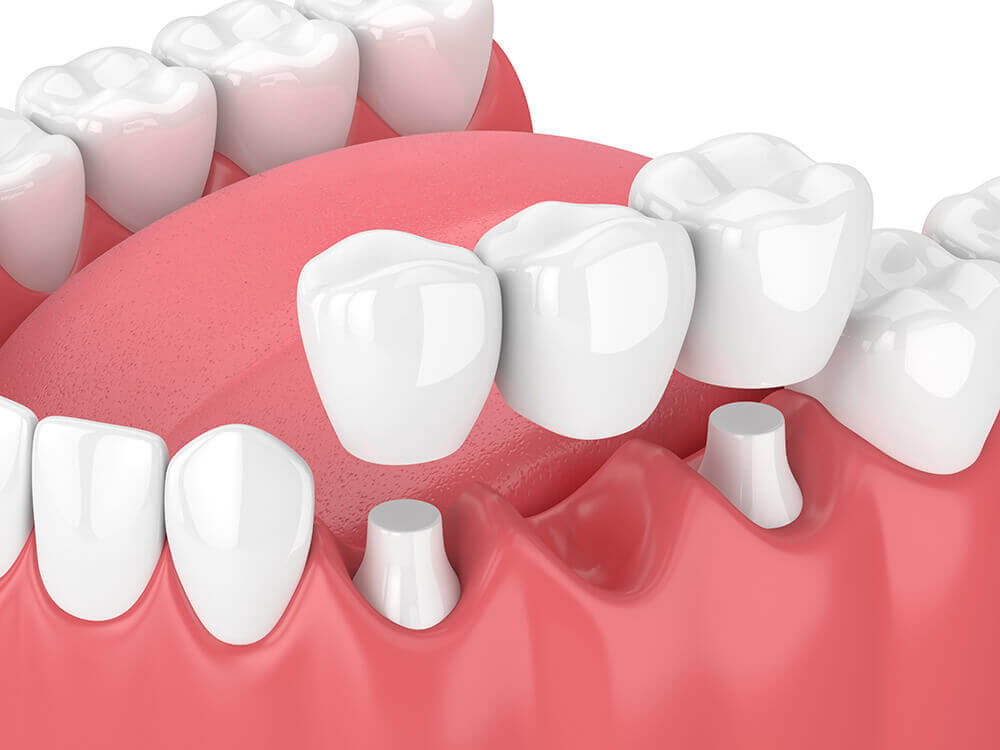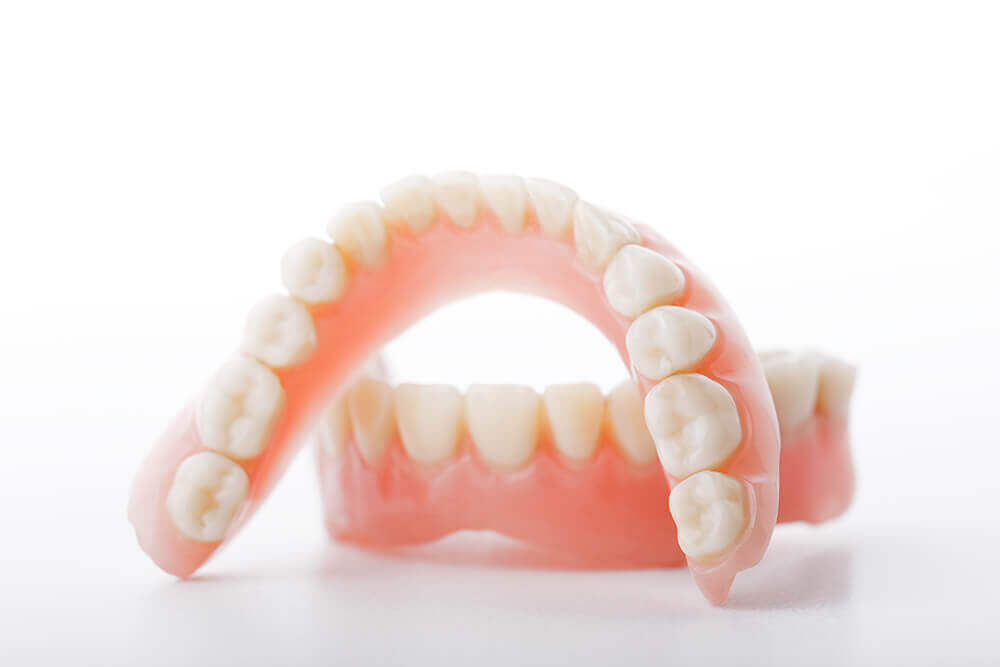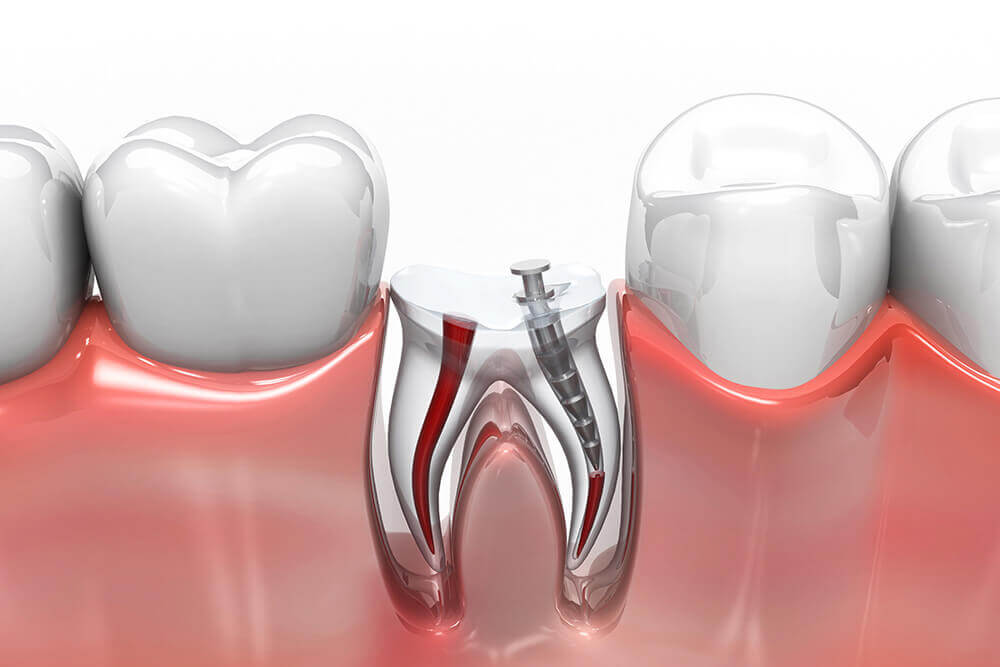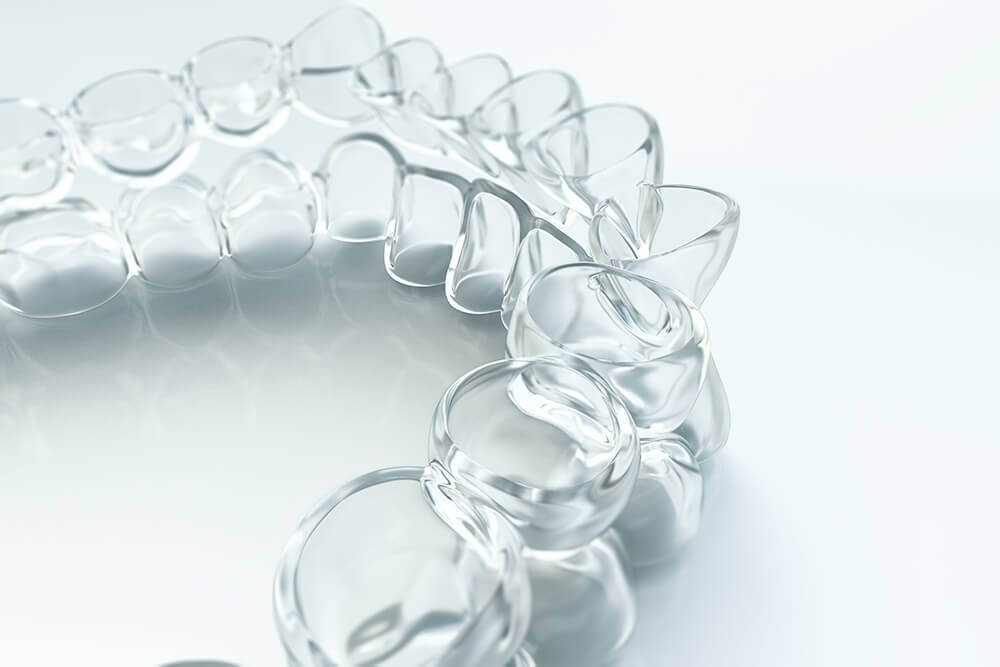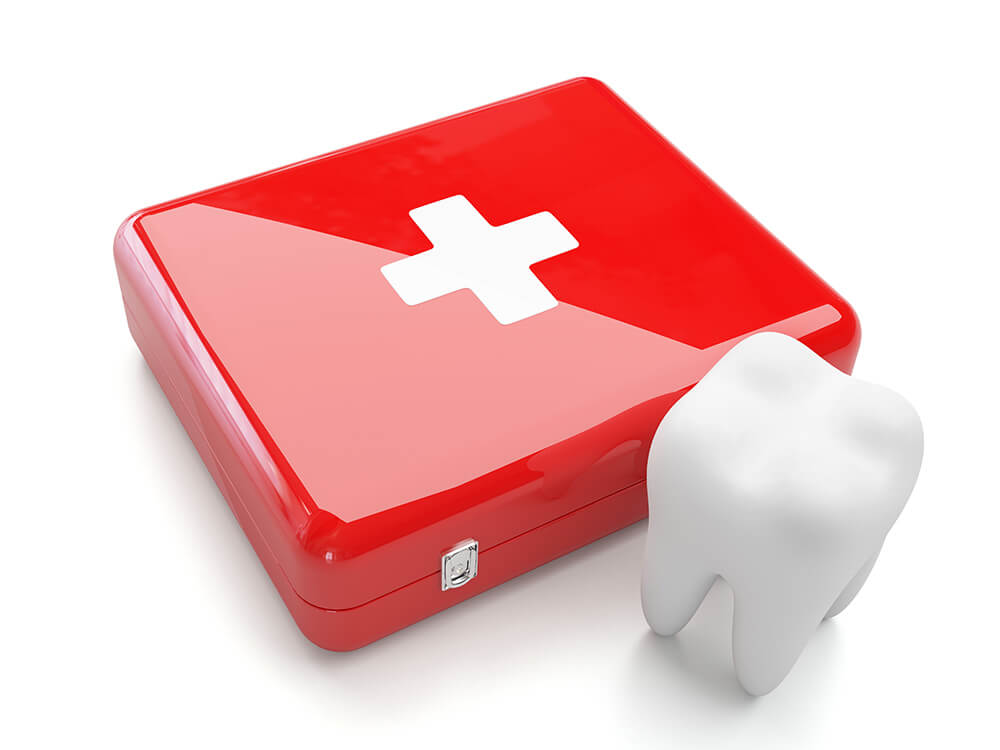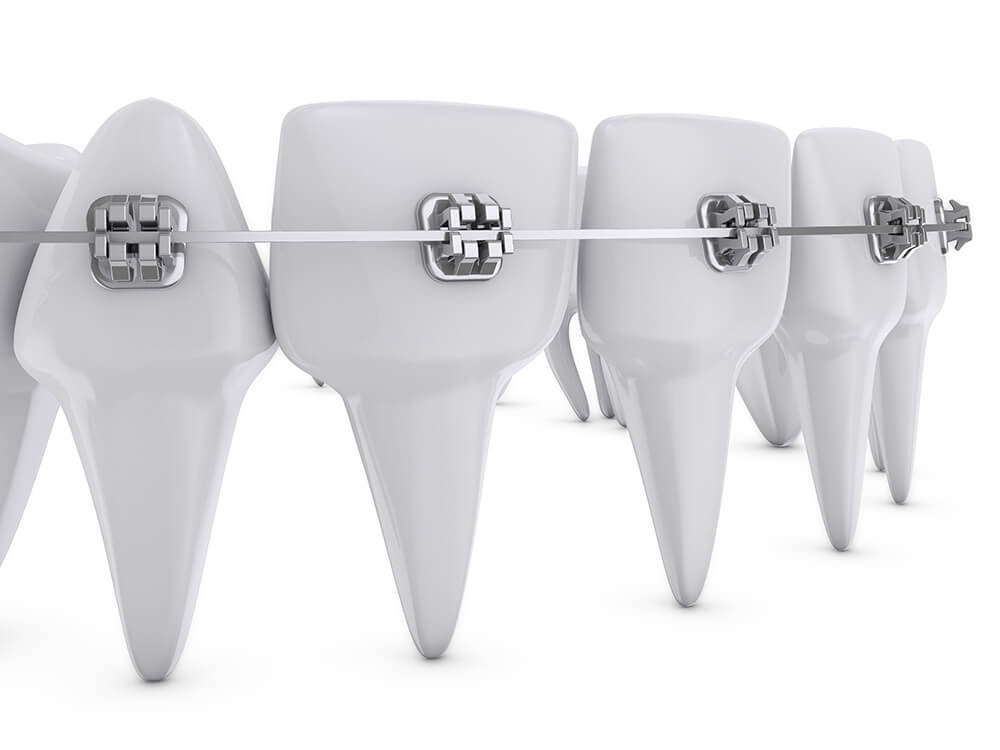Oral Surgery
Oral surgery is usually performed in case of impacted wisdom teeth, sleep and breathing problems, and oral cancer. These procedures may require additional complimentary procedures like bone grafting to strengthen your bone or tooth extractions. We at Oak Cliff Dental Center provide you these services at an affordable cost using the best possible pain-free techniques as per the best practices.
A Surgical Tooth Extraction is mostly carried out when the tooth is impacted, and it has not erupted out of the gums, or there is not enough space for it causing complications like pain or infection. It’s quite different from a regular extraction, sometimes called “pulling a tooth.” Oral surgery is performed, making a small incision in the gum to access the tooth for removal. This surgery can be performed under sedation, local anesthesia, or sometimes local anesthesia with Nitrous.
AFFORDABLE WISDOM TEETH REMOVAL
While most people’s mouths can only hold 28 teeth, that does not keep the wisdom teeth from developing. These extra four teeth usually show up years after the full 28 teeth have grown. It can cause many issues because of the limited space inside your mouth. Besides overcrowding, it can put pressure on the existing teeth forcing them to go out of alignment. Common symptoms of wisdom teeth issues include impacted teeth causing infections, pain, damage to the jawbone and headaches
Your regular preventative exams will sometimes reveal your wisdom teeth growth before any symptoms. Once diagnosed, we will evaluate and advise its removal if required.
Wisdom teeth removal is quite common. It’s a low-risk procedure with relatively quick recovery time. Patients are offered anesthesia, typically in the form of local anesthesia and nitrous oxide (laughing gas). Wisdom teeth are removed by opening the back of the mouth, and the empty holes caused by their removal are closed with dissolvable stitches to stop bleeding and prevent bacteria from entering the sockets. Complete recovery can take almost a week with strict adherence to the follow-up plan.
Bone Grafting: The roots of the teeth in jawbone hold our natural teeth. When we extract a tooth, it creates a hollow gap. If not filled, it can cause problems in replacing that tooth with an alternative like a dental implant or bridge. After extraction, there is no surrounding bone left to support the gap. Therefore it starts to collapse and shrink, creating a kind of hole. With the excessive bone loss, this collapsed area falls below the rest of the teeth line, leaving no functional space to replace it with a dental implant or any alternative treatment options. To retain future tooth replacement possibilities, we must preserve the natural ridge contours and maintain the surrounding bone. It is achieved by filling that area by an adequate bone substitute material; this procedure is called bone grafting. Once done, it is sutured, and the natural healing process begins. Over time the bone substitute product is absorbed and replaced by your body’s bone. Once fully healed, the gap is ready to be replaced by a dental implant or an alternative treatment. Ridge preservation treatment maintains your natural bone and gum contours so that your replacement tooth looks and feel natural.
Typically, the tooth bone grafting cost depends on the type of graft, your insurance benefits, and subsequent procedures involved. Synthetic bone substitute tends to be lower in cost, but the doctor will explain to you all the available options.
 820 North Zang Blvd., Suite 110 Dallas, TX-75208
820 North Zang Blvd., Suite 110 Dallas, TX-75208  (214)-948-3364
(214)-948-3364 

 Make A Payment
Make A Payment
